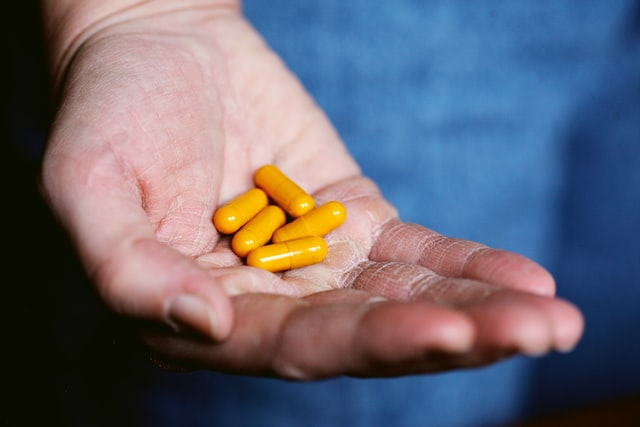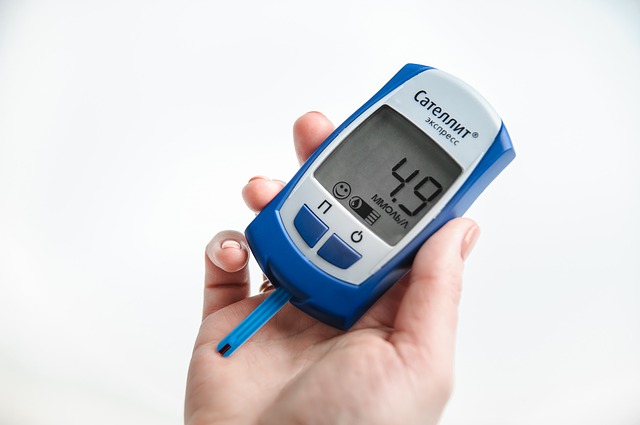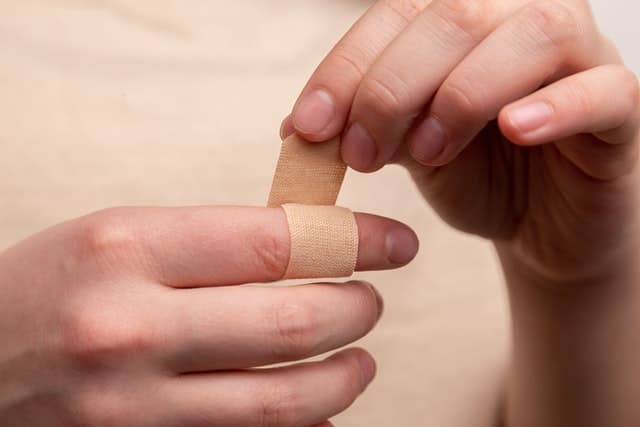
People with diabetes can take longer to heal wounds. This can increase the risk of developing other complications. Almost 30 million Americans have diabetes, which can cause various complications in wound healing. Although most injuries are unavoidable, diabetes can still lead to serious health issues. Many people with diabetes have wounds that are slow to heal and do not seem to heal well.
Contents
Infection can then spread to other parts of the body and even kill them. Even if the wound doesn't become infected, slow healing can still negatively affect a person's health. People with diabetes must maintain their blood sugar levels at a healthy level to prevent them from experiencing slow-healing wounds. According to some studies, about a quarter of people with diabetes will develop foot ulcers. These painful wounds can lead to foot amputation.
Reasons Why Wound Healing is Slow for Diabetics
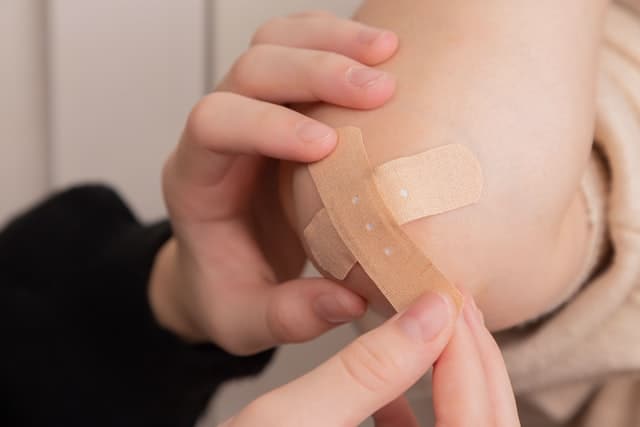
Our body's natural healing mechanisms help prevent wounds from becoming infected. When we get a scrape or cut, these can trigger the formation of blood clots, which can then heal quickly. People with diabetes have more challenging time healing wounds due to their lack of insulin production. This impairs their wound healing ability and makes them more prone to infection.
A 2013 study revealed that controlling your blood glucose can help improve wound healing. For people with diabetes, this can mean taking on a more active role in their care.
High Blood Sugar Levels
The high blood sugar levels that people experience can affect how their wounds heal. It can also prevent the body's natural defenses from producing sufficient oxygen and nutrients.
Neuropathy
Other conditions such as peripheral neuropathy can also cause elevated blood sugar levels to damage the nerves and vessels in the body.
People with diabetes are more prone to having peripheral neuropathy, preventing them from feeling the pain of a wound.
Poor Circulation
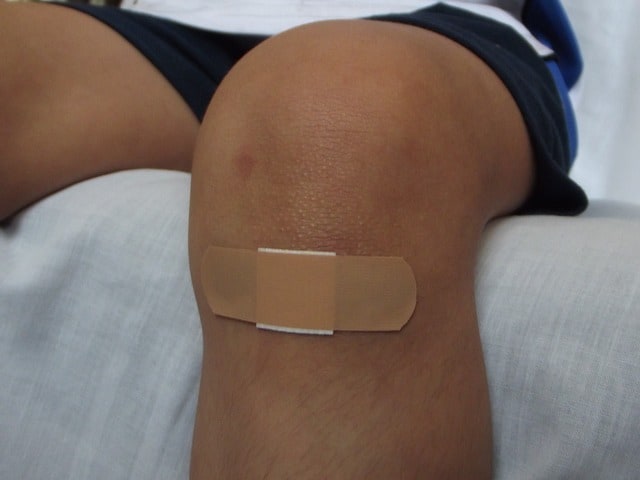
A person's peripheral vascular disease is a type of circulatory disorder that can affect blood flow in the body. It can cause the vessels in the limbs to narrow, which can then restrict the movement of blood in the body.
Immune system deficiency
Aside from these conditions, diabetes can also affect the function of the immune system. The lack of these cells can slow down the healing process and increase the risk of infection.
Infection
High blood sugar level can also affect your body's response to bacterial infection. Since the sugar in the bloodstream can stimulate the growth of bacteria, it can prevent the body's immune system from fighting back.
Causes of Slow Healing for Diabetics
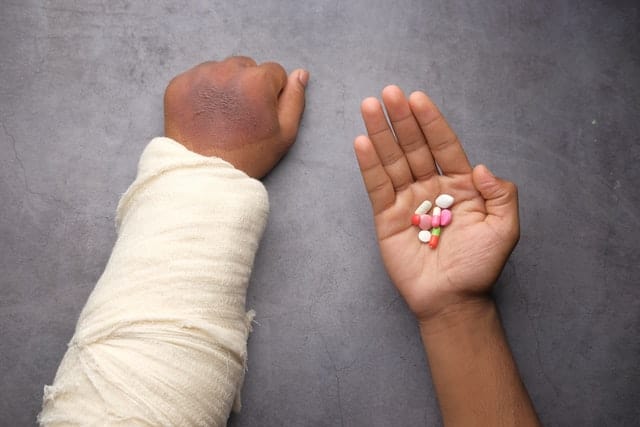
A 2013 study revealed a link between diabetes and wound healing. It stated that patients who could maintain their blood glucose levels during surgery were more likely to have their wounds healed. The effects of diabetes on the body's ability to use insulin are severe and can make it harder for people with diabetes to manage their blood glucose levels.
High blood sugar levels can prevent the function of white blood cells, which are essential to the body's immunity. They can't effectively fight against wounds. As a result, diabetes can slow down the flow of blood in the body, limiting the nutrients that the body can deliver to wounds.
Also, uncontrolled diabetes can damage the body's nerves to the wound. This could mean that people with diabetes may not be aware of the damage they're doing.
Risks for Diabetic Patients

Not being aware of an injury can also delay the healing process and increase the risk of infection. Some of the factors that may increase your risk may include:
- Sweating
- Cracked dry skin
- Infections on toenails
- Abnormalities on foot
Other ways diabetes might affect wound healing include:
- Slow healing hormone growth
- New blood vessels production decrease
- The skin barrier is weakened
- Collagen production is reduced
Complications from Slow Wound Healing for Diabetics
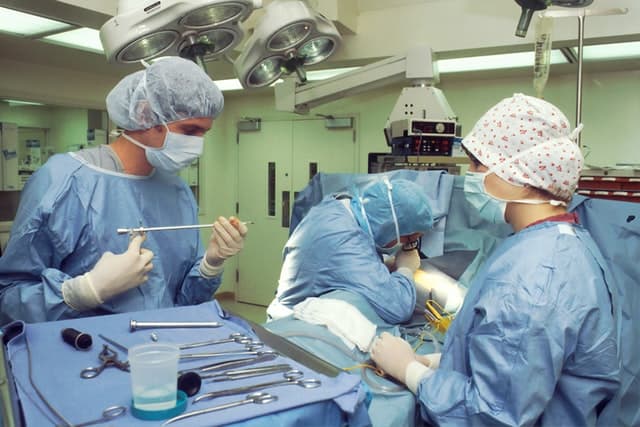
Most chronic wounds are infected with bacteria. This can lead to systemic infection, multi-organ dysfunction, and life-threatening infections.
The presence of biofilms on wounds can affect the degree of infection. They also contribute to the wound's prolonged inflammation and the development of scar tissue. This is why it is important to thoroughly debride the wound and use effective antimicrobials to prevent further infection.
Due to the increasing resistance of bacteria to antibiotics, using antiseptics may be a more effective option. People with diabetes who have poor wound healing can experience gangrene, which can lead to amputation. Aside from this, poor wound healing can also cause other health complications.
If a wound gets infected, it can spread to the muscle and bone within the affected region. This type of infection, known as osteomyelitis, can cause gangrene. Getting infected can also lead to developing a potentially life-threatening illness known as sepsis.
How to Properly Treat Wounds for Diabetics
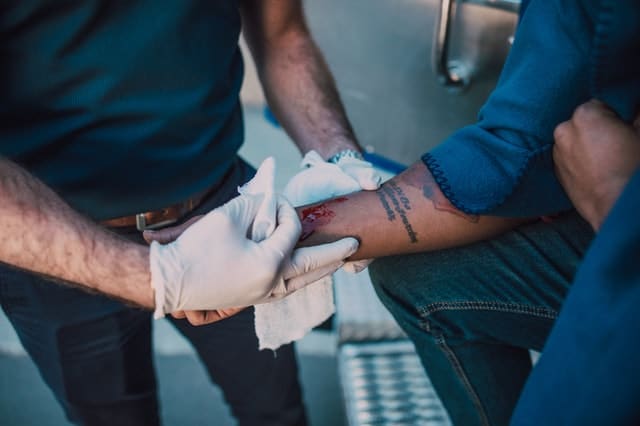
Apply a clean bandage to the wound and keep the area clean to prevent infection. People with diabetes must maintain a close watch on their wounds to prevent them from becoming infected and spreading. It's also important that people with diabetes avoid wearing shoes and socks while walking around.
If a person's foot wound does not heal, they should seek medical attention immediately. They may also require antibiotics to treat the infection. Ideally, people with diabetes should maintain their blood glucose levels to prevent slow wound healing.
For people with type 1 diabetes, taking insulin for life is the only way to control their blood sugar. For people with type 2 diabetes, lifestyle changes such as a healthy diet and regular exercise can help improve their blood sugar levels. A carbohydrate-controlled diet can also help people with diabetes maintain their blood sugar levels. It can be customized to include the amount of carbohydrates a person should consume each day.
How to Tell if Wounds Isn't Healing Properly

Although diabetes can slow down the healing process of wounds, they should still look better within a few weeks. Usually, inflammation is a part of the healing process. However, if it doesn't go away after about a week, something will not happen.
At the start of the healing process, don't expect to see inflammation. It can also signal an infection or a different kind of problem.
Signs of Infection or Tissue Damage:
Getting infected can prevent a wound from healing properly. So, if it's still feeling tender or has a dark streak on its edges, talk to a doctor about it.
If the wound doesn't heal within a month, it's considered chronic. It's important to see a doctor to diagnose the issue and provide treatment.
How to Heal Wounds Faster for Diabetics
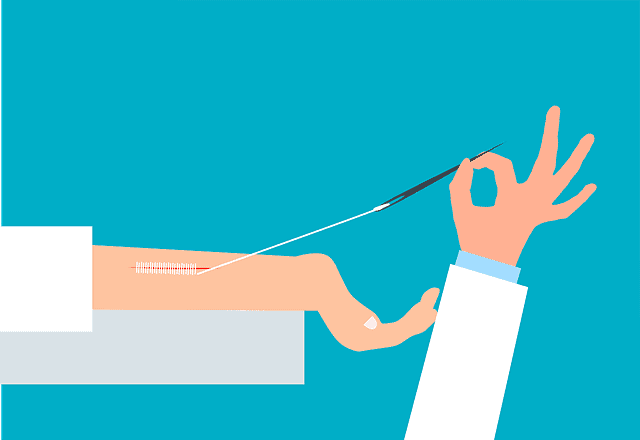
Being diagnosed with diabetes can weaken an individual's immune system, making it easier to get infected. Aside from being a health issue, diabetes can also cause nerve damage. This damage occurs when the body's blood vessels become narrow due to the blood sugar in the bloodstream.
Being diagnosed with diabetes can also make it harder for people to treat their wounds. This is why it's important to inspect and treat all of your foot wounds regularly. You can take a few simple steps at home to prevent big problems from happening with minor wounds.
1. Find the Wound Immediately
Treating wounds is as simple as washing the wounds and applying pressure to prevent further bleeding. Even if you don't know that you have a wound, it's still important to check your hands and feet at least twice a day. Wearing white socks can also help prevent wounds from healing. Just make sure that the sock is still on the wound's surface.
2. Reduce Pressure of the Area
A wound that has damaged or reopens could worsen if it continues to heal. Getting injured can be challenging for people with wounds on the feet. Talk to a doctor about ways to protect them while still keeping their mobility.
3. Keep the Wound Clean
If the wound is infected or has slow healing, talk to a doctor about getting a proper wound care plan. They can then suggest different types of dressings to promote healing. The best way to ensure that wounds heal is by keeping them clean and moist. This can help prevent them from getting worse.
4. Cover the Wound with the Right Dressings
A foam dressing is commonly used for treating wounds that tend to leak or ooze. It can also help protect the wound from further damage. Alginate dressing is made from seaweed, which can hold up to 20 times its weight in moisture. This type of dressing is also good for deep wounds.
If the wound is dry or has dead skin, your doctor may suggest a hydrogel dressing. This dressing can help break down the dead tissue and promote cell regeneration.
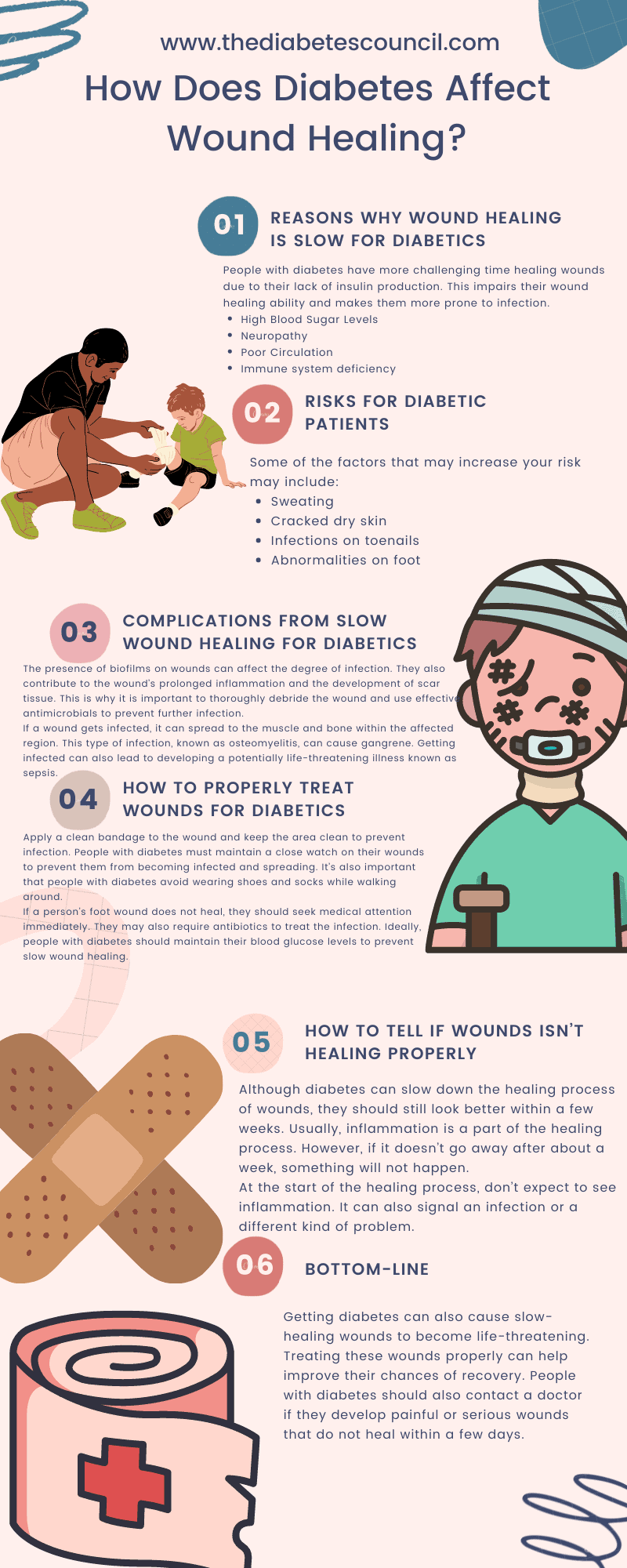
Bottom-line
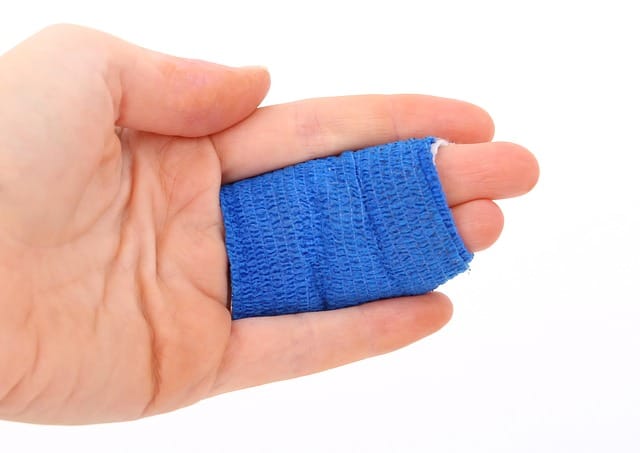
Getting diabetes can also cause slow-healing wounds to become life-threatening. Treating these wounds properly can help improve their chances of recovery. People with diabetes should also contact a doctor if they develop painful or serious wounds that do not heal within a few days.
Other treatment options, such as surgical removal of dead tissue and aggressive antibiotic treatment, can help speed up the healing process. Getting neglected or not appropriately monitored can lead to severe infection and, eventually, amputation. With diabetes, people with this condition are 15 times more prone to having amputations than the general population.



